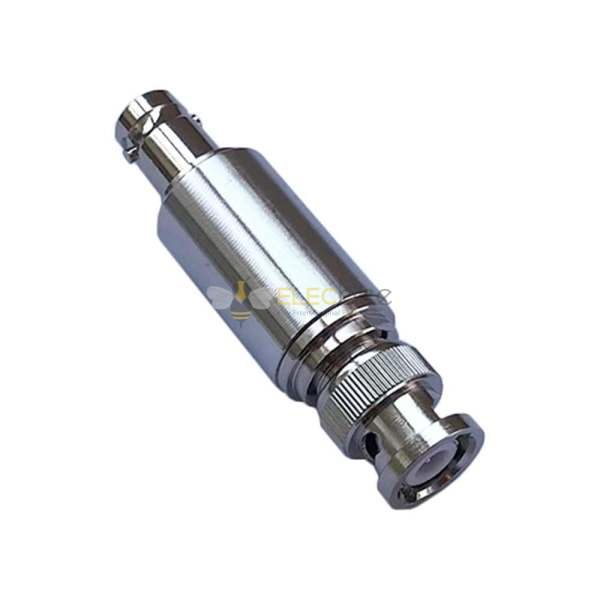In today's era of rapid technological advancement, it's crucial to have the right components for optimal network performance. BNC attenuators play a significant role in various applications such as cellular modems, routers, amplifiers, and WiFi access points. These devices are often indispensable for both professional and hobbyist setups. In this guide, we'll break down the key features you need to consider when choosing a BNC attenuator and offer a product recommendation to simplify your decision-making process.
What is a BNC Attenuator?
A BNC attenuator is a device designed to reduce signal strength within a specific frequency range. It helps to prevent signal distortion by ensuring that the incoming signal levels are appropriate for the connected devices.

Key Features to Consider
Connector Type and Gender
Make sure the attenuator fits your specific application. The BNC male to BNC female connector type is commonly used for various applications. A male connector (BNC-JK) has pins that fit into a female connector.
Power Capacity
BNC attenuators can handle different power ranges. In our specific case, the power capacity ranges from 0-100W according to the first dataset and 5W in the second dataset. This information is crucial for matching the attenuator to your system requirements.
Frequency Range
The frequency range indicates the operational limits of the attenuator. The product we are discussing operates between DC-3GHz to 4GHz.
Attenuation
Attenuation measures the degree of signal reduction, usually in decibels (dB). Our product offers 1-40dB of attenuation, providing flexibility for various use-cases.
Durability and Material
The attenuator should withstand repeated usage. Our product is designed to last for more than 500 cycles and is constructed from high-quality materials such as copper, stainless steel, and polytetrafluoroethylene.
Environmental Factors
Consider the environment where you will use the attenuator. The product we are looking at can function in temperatures ranging from -40 to +85ºC and has an IP55 level of environmental protection.
Applications
BNC attenuators are commonly used in:
- 3G/4G/LTE Cellular Modems
- Routers
- Boosters/Amplifiers
- 2.4 & 5GHz WiFi Access Points
- Other Sensitive Communications Devices
Troubleshooting and FAQs
Q: How do I know which attenuation level to select?
A: The level of attenuation depends on your specific needs. Higher levels are generally used for more potent signals, and lower levels are used for weaker signals.
Q: Can I use it outdoors?
A: Yes, the product has an IP55 environmental protection level, making it suitable for outdoor use.
Q: Is it easy to install?
A: Absolutely! The attenuator comes in a portable design that is easy to install—simply plug and play.
Product Recommendation
After considering various features and customer needs, we highly recommend the BNC Male To BNC Female 1-40Db 2W BNC Attenuator 4G. This attenuator offers:
- Robust and reliable construction
- Wide range of attenuation levels
- High-quality materials for longevity
- Versatility in application, compatible with numerous communication devices
- Exceptional customer service as noted in multiple reviews
The product comes with a 30-day 100% money-back guarantee, and its performance metrics match those of OEM original factory standards but at a much better price point.

To make your purchase, you can click here.
Remember, the right attenuator can make or break your system's performance. Make sure to weigh your options carefully, and don't hesitate to reach out for any more information. Happy shopping!


